You’re on a mission trip and you want to snap some good pictures for a slideshow at church. Or, if you’re being honest, to post to facebook. But pointing your camera at a human being you don’t know is weird right? It is. Today Nikole Lim — photographer, filmmaker and International Director of Freely in Hope, a faith-based non-profit restoring dignity to survivors of sexual violence—schools me, and you, about the meaning behind the way we use photographs of those often labeled “the least of these.”
Nikole, as you’re browsing through a Christian magazine, or surfing the web, describe for me the image of a person living in poverty that would disturb you, and should disturb me…
Snot, dirt, unintentionally exposed body parts—any image that you would immediately untag of yourself if you found that floating around on the web (or on a billboard, God forbid).
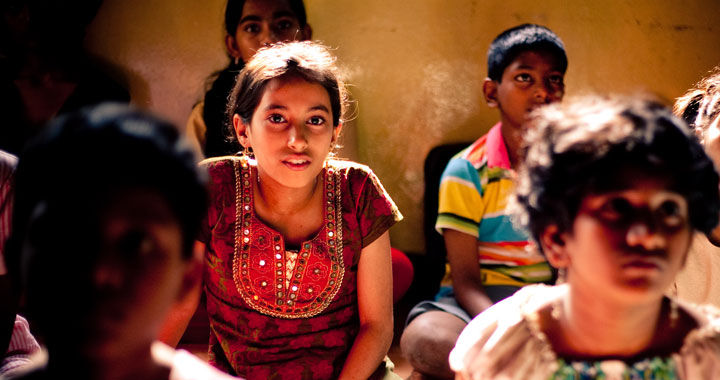
Word Made Flesh; Chennai, India
Can you help me understand how images of folks living in poverty have been misused by organizations and individuals who may mean well?
We are constantly bombarded with images of war, famine, disease and poverty that it’s easy to become desensitized—causing us to favor ignorance over compassion. Favoring ignorance disconnects us from the reality of our world, our shared resources, stories and needs. For too long, images of people in poverty, people of color and people labeled the “least of these, ” have been used to dehumanize individuals, families and cultures. Worth has been shattered and dignity broken. We need to shift paradigms on how stories are told so that the images we share are giving life in all aspects.
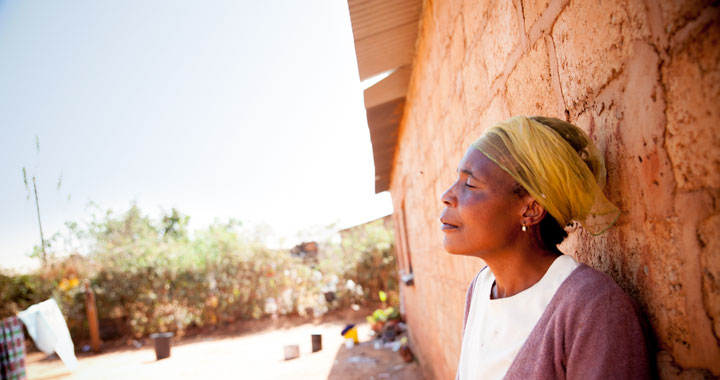
International Justice Mission; Lusaka, Zambia
What does this say about those consuming the images and/or how it impacts them?
These stereotypical images of the poor put us, the consumers, at the advantage—labeling ourselves as the privileged, the fortunate, the dignified. Alternatively, identifying with our own brokenness helps us to identify with the brokenness of the world. There, we begin to learn that there is no longer an “us” and “them, ” but a global community drawing from each other’s stories of tragedy and triumph, despair and joy, brokenness and beauty.
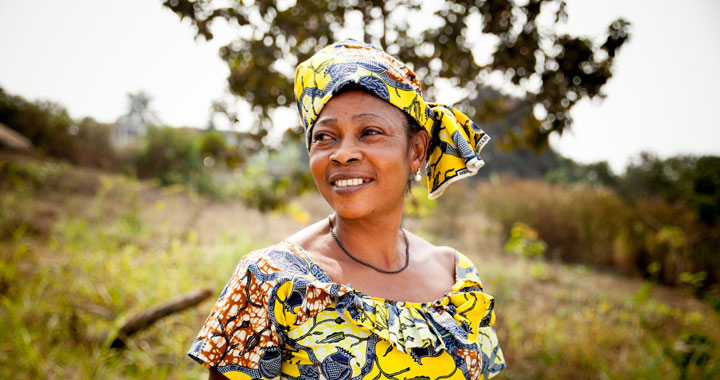
Hope International; Brazzaville, Congo
How do dignity-giving images impact those portrayed?
Because I try my best to photograph people in a way which is personal, dignified and inspiring, I make it a habit to show clients the last image I shot of them to see if they’re happy with the way they’re being portrayed. Oh gosh—their response is what I live for. In many cases, this is the first time clients are seeing their picture. It’s amazing to see how powerful photo and film can be when the images are true to the character of the person. Because that’s the truth—people are still beautiful even if they live in a slum and they are made stronger by what they’ve overcome. We all need this reminder. Through this, we all come to the realization that dignity is an inherent gift from God—it cannot be taken away by circumstances of violence, poverty or oppression.
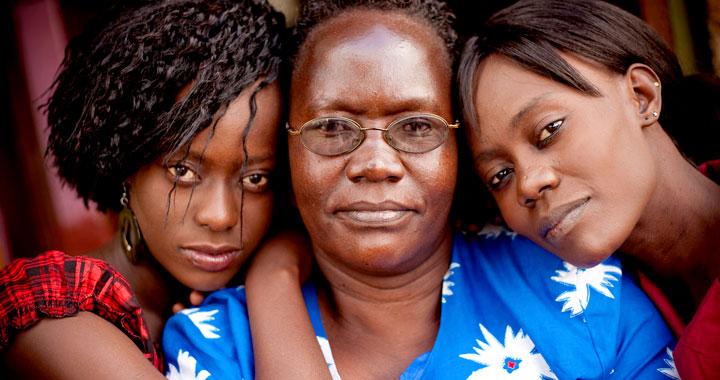
Freely in Hope; Nairobi, Kenya
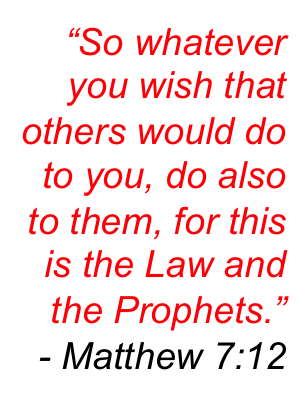 Can you point to organizations who’ve been particularly responsible with the images they share of individuals alongside whom they work?
Can you point to organizations who’ve been particularly responsible with the images they share of individuals alongside whom they work?
Storytelling through imagery must disseminate truth with dignity. I’ve been privileged to work with great organizations including Word Made Flesh, IJM and HOPE International who are doing an excellent job at representing the reality of injustice while focusing on leveraging stories of strength, hope and life. The organization I work with, Freely in Hope, strives to put the storytellers on the platform so that they can authentically share their stories from their perspective—highlighting how they have overcome trauma and are living restored lives. The beautiful thing is that we’ve seen their dignity is reclaimed in the process.
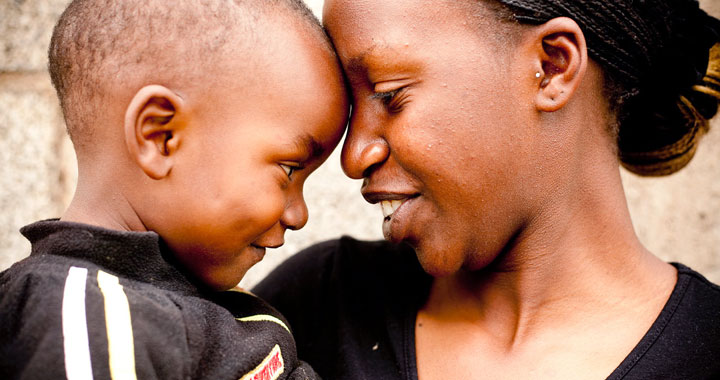
Freely in Hope; Nairobi, Kenya
In ten seconds, what do non-profits most need to hear about the images they use to portray people…
Let’s use photography, film and journalism not as a medium for exploitation, but as a platform for restoring dignity.
Learn more about Freely in Hope and keep up with them on Twitter, and Facebook

